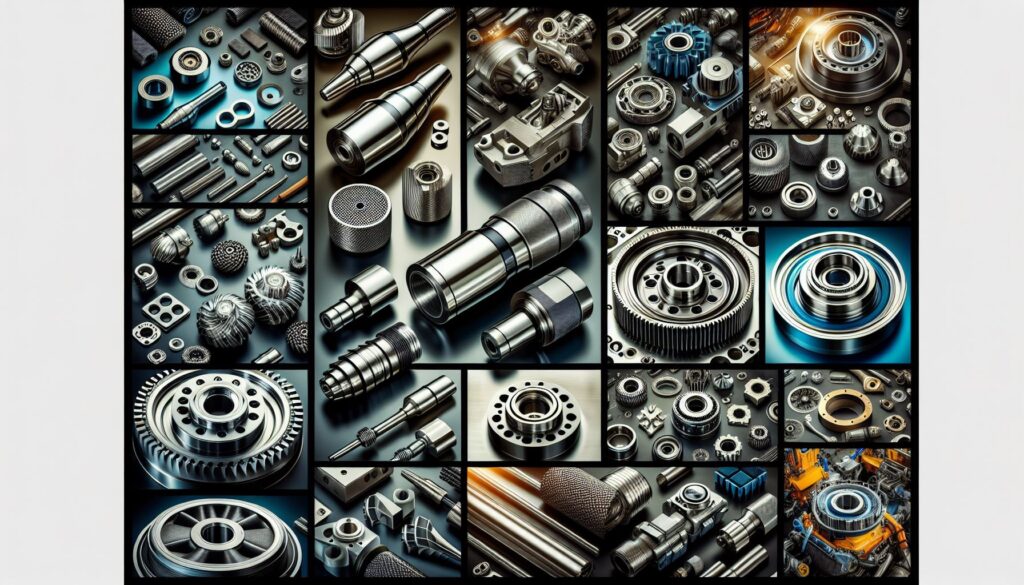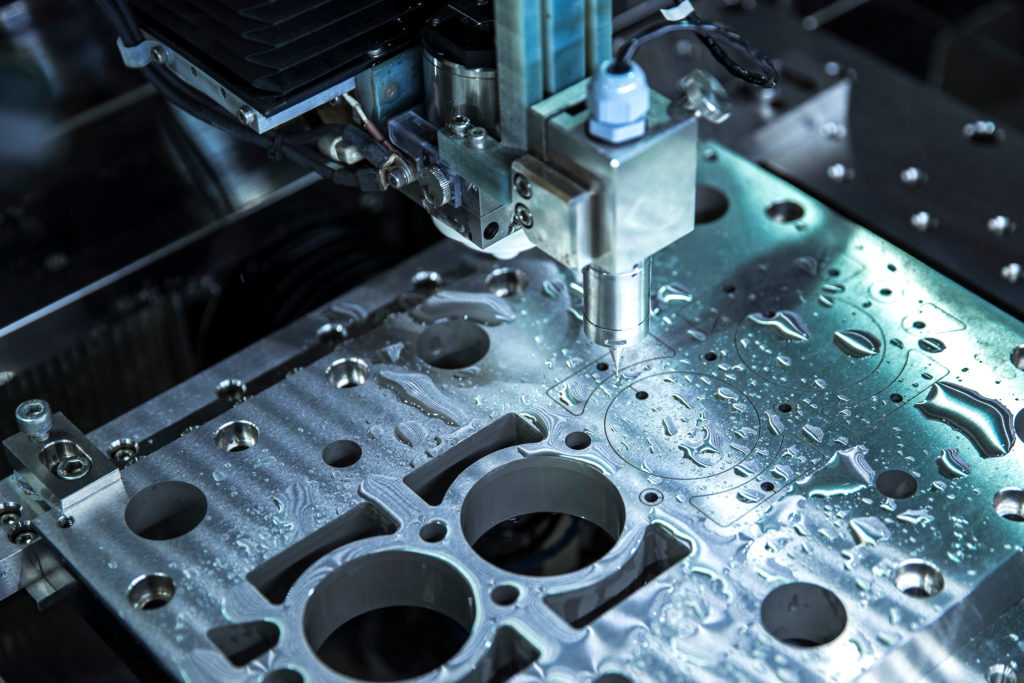In the intricate world of manufacturing, precision is paramount. From aerospace components to medical devices, the demand for machined parts that meet exact specifications is ever-present. This blog post will examine machined parts, their significance in various industries, and the advanced techniques to ensure accuracy and quality. Join us as we delve into the fascinating realm of precision engineering and discover how these parts are shaping the future of manufacturing.

Understanding Machined Parts
Machined parts, also known as precision-engineered components, are integral to various applications across automotive, aerospace, electronics, and healthcare industries. These parts are typically manufactured through subtractive processes, wherein the material is removed from a workpiece using cutting tools, drills, and milling machines to achieve the desired shape, dimensions, and surface finish. From simple fasteners to complex assemblies, these parts come in various forms and materials to suit specific requirements.
Applications Across Industries
The versatility of these parts makes them indispensable in numerous industries and applications. In the automotive sector, machined parts are used in engines, transmissions, chassis components, and braking systems, where precision and reliability are critical for performance and safety. In aerospace, machined parts are employed in aircraft structures, landing gear, avionics, and propulsion systems, where lightweight materials and tight tolerances are essential for efficiency and durability. In medical device manufacturing, these parts are utilized in surgical instruments, implants, diagnostic equipment, and prosthetics, where biocompatibility and dimensional accuracy are paramount for patient health and safety.
Advanced Techniques and Technologies
Machined parts are produced using advanced techniques and technologies to meet the exacting demands of modern manufacturing. Computer Numerical Control (CNC) machining is a widely used method that employs computer-controlled tools to execute complex machining operations efficiently and precisely. Other advanced machining processes include multi-axis machining, Swiss machining, EDM (Electrical Discharge Machining), and laser cutting, each offering unique capabilities for different applications and materials. Additionally, advancements in CAD/CAM software, metrology tools, and automation systems have further enhanced machined part production’s precision, consistency, and productivity.
Machined Parts Quality Assurance and Inspection
Quality assurance is critical to machined part manufacturing to ensure compliance with design specifications and regulatory standards. Inspection techniques such as coordinate measuring machines (CMM), optical scanners, and surface profilometers verify the dimensional accuracy, surface finish, and geometric tolerances of these parts. Additionally, rigorous testing and validation processes assess mechanical properties, material integrity, and performance characteristics, ensuring that machined parts meet the highest standards of quality and reliability.
In conclusion, machined parts are pivotal in modern manufacturing, providing essential components for various industries and applications. With precision engineering, advanced technologies, and stringent quality control measures, these parts continue to drive innovation, efficiency, and excellence in manufacturing processes. As industries evolve and demand for high-performance components grows, the importance of machined parts in shaping the future of engineering and technology cannot be overstated.

